There can be your advertisement
300x150
How to Build an Energy-Saving House: 11 Pro Tips
Tips for building an energy-efficient home
If you're tired of constantly paying large amounts for utilities, it's time to think about building your own energy-saving house. Such housing will help reduce heating, lighting, and ventilation costs, as well as minimize heat loss in autumn and winter.
However, when constructing an energy-efficient building, several nuances must be considered, which we will now discuss.
1. Location
It's better to build a house on a well-lit plot, away from swamps and ditches. Windows facing south should be panoramic. For the north side, it's recommended to organize a utility room: wardrobe, bathroom, or storage.
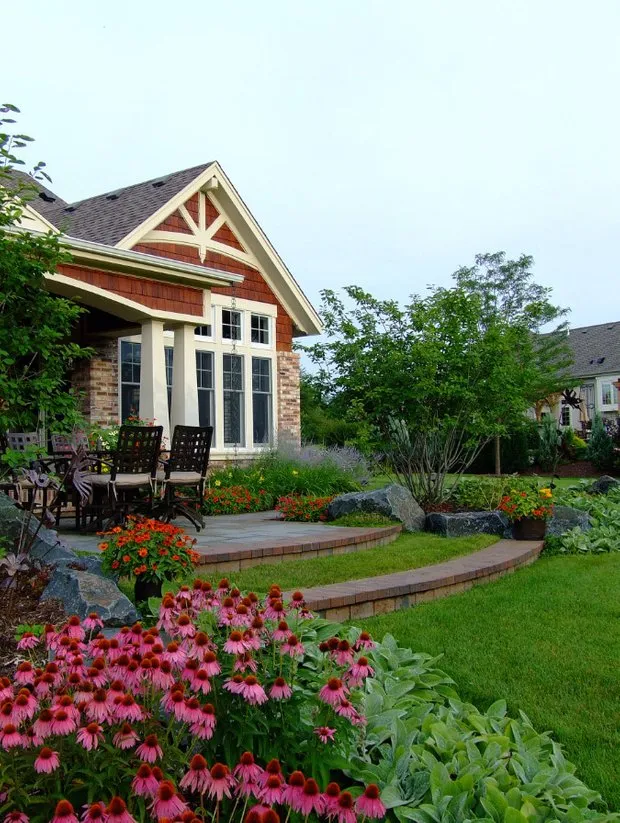 Pinterest
Pinterest2. Structure
The external structure inevitably allows heat to pass through, so it should be made more robust. No architectural elements should protrude from the house's area. It is also important to remember that the larger the family, the more square meters will be needed for living. For a married couple with two children, a cottage of at least 100 m² would be suitable.
3. Foundation
If the foundation is poorly insulated, up to 10% of thermal energy can be lost. To prevent this, choose extruded polystyrene, perlite, or glass foam. These materials provide reliable protection of the foundation from freezing, groundwater, and temperature fluctuations.
4. Footpath
A footpath is a waterproof surface located around the building. It serves not only decorative but also crucial functions during construction—protecting the foundation from water and freezing. That is why it's important to choose a quality footpath that will last long.
Among several types of footpaths, the most economical option is soft footpath. Its advantage lies in the simplicity of laying drainage membrane and a top decorative layer, which can be made from lawn, gravel, or crushed stone.
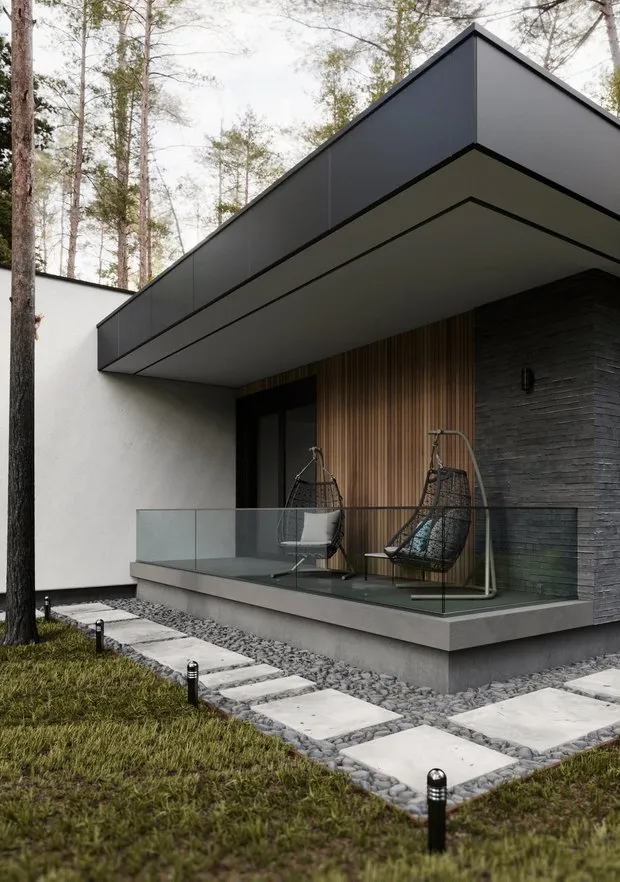 Architects: Ananev Stanislav, Vorobieva Tatiana. Visualization: Gubariev Dmitry
Architects: Ananev Stanislav, Vorobieva Tatiana. Visualization: Gubariev Dmitry5. Walls
Only external walls need to be insulated. Internal surfaces freeze in winter, resulting in condensation. For a gas concrete wall, it's simply a matter of increasing the thickness of the insulation on the floor slab to reduce thermal resistance.
6. Roof
The roof for an energy-saving house should be chosen to be airtight and durable. For example, a gable roof at 45 degrees with tiles. If collectors for a water tank are installed on the sunny side of the roof, the external floor slab will be heated additionally.
7. Windows
Energy-saving glass helps retain up to 30-50% of heat. A triple-glazed unit with an outer pane without a light-reflective effect ensures optimal sunlight penetration into the house. For protection from summer overheating, UV-blocking films can be used.
 Designers of FIGR architectural studio
Designers of FIGR architectural studio8. Wall-mounted Boilers
To reduce heating costs, condensing wall-mounted boilers should be installed, which have an efficiency of about 70-90% and a service life of 30 to 40 years. Additionally, their energy consumption is 15% lower than that of conventional gas boilers.
9. Electricity
Home lighting consumes approximately 15% of electricity. To optimize it, turn off lights promptly, use local lighting instead of overhead, and don't forget to unplug chargers.
To use energy efficiently for household appliances, it is necessary to:
- keep kitchen appliances clean as limescale takes away additional heat;
- place the refrigerator away from heating appliances;
- use a dual-rate meter at night.
10. Ventilation
In addition to natural ventilation, there is also forced ventilation. It is used when the air is polluted by industrial emissions. For air supply and exhaust, a heat recovery unit should be installed.
It is also possible to install a ground heat exchanger by laying a stainless steel pipe below the frost depth. This will reduce energy consumption for heating incoming air by 25% and prevent the heat exchanger in the ventilation unit from freezing.
11. Doors
For installing external doors, it's necessary to consult a specialist to avoid gaps and heat loss. It is best to choose double-insulated doors and seal their perimeters with sealant.
Photo on cover: Julie Brandt Dam
More articles:
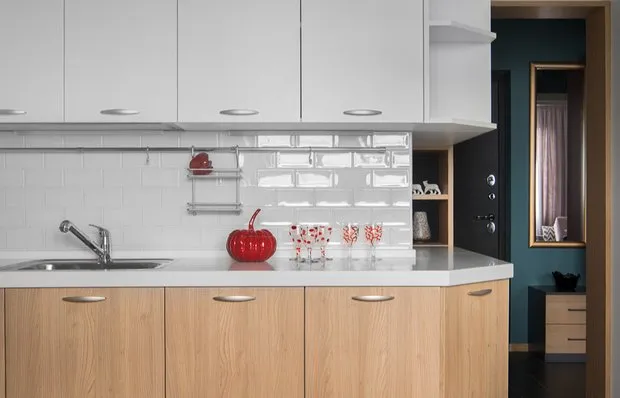 Cozy and Functional Interior of a Studio Apartment for a Mom
Cozy and Functional Interior of a Studio Apartment for a Mom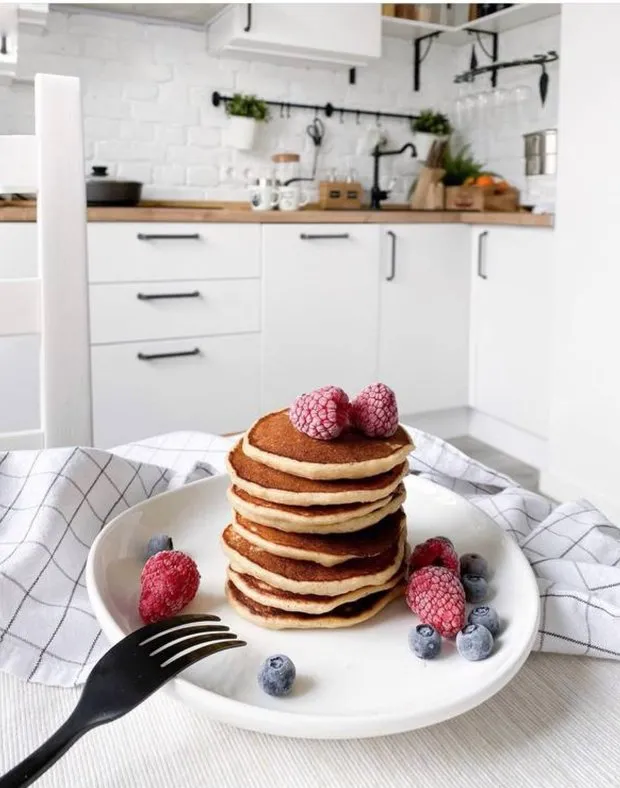 Checklist for Spring Kitchen Update Without Renovation: 14 Tips
Checklist for Spring Kitchen Update Without Renovation: 14 Tips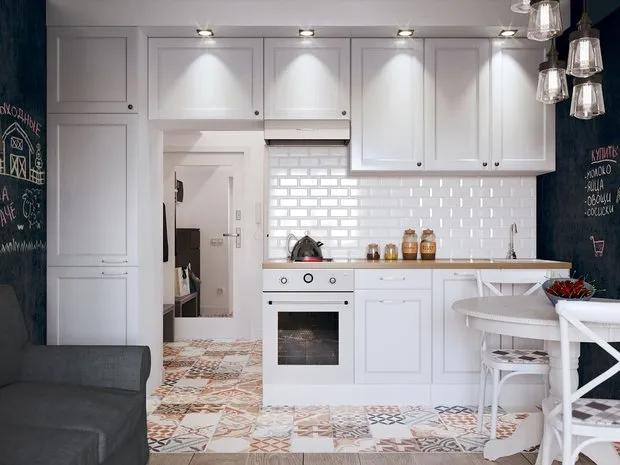 How to Maximize Space in a Studio Apartment: Example of a Saint Petersburg 1-Room Flat
How to Maximize Space in a Studio Apartment: Example of a Saint Petersburg 1-Room Flat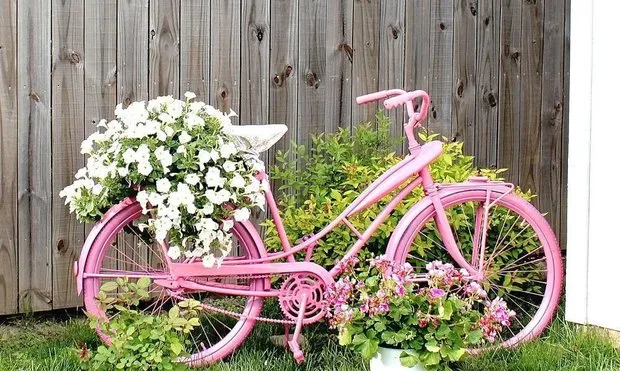 6 Ideas to Cheaply and Beautifully Decorate a Garden Plot Using Recycled Materials
6 Ideas to Cheaply and Beautifully Decorate a Garden Plot Using Recycled Materials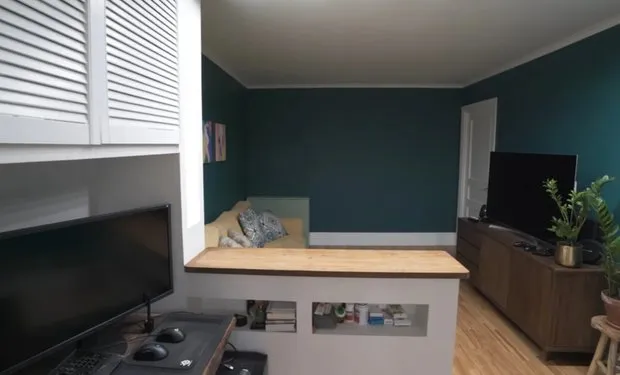 How an Ordinary Family Did Living Room Renovation on Their Own
How an Ordinary Family Did Living Room Renovation on Their Own IKEA Alternatives: 10 Stylish Furniture Options for Home
IKEA Alternatives: 10 Stylish Furniture Options for Home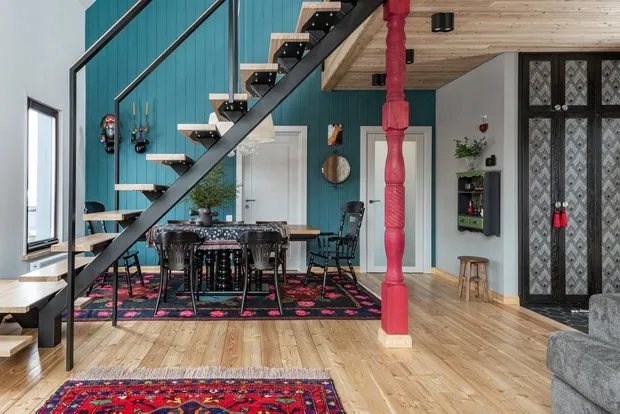 How to Style a Cozy Cottage: 12 Examples from Our Projects
How to Style a Cozy Cottage: 12 Examples from Our Projects Budget-Friendly and Designer-Free: 5 Cool Transformations of Old Apartments
Budget-Friendly and Designer-Free: 5 Cool Transformations of Old Apartments